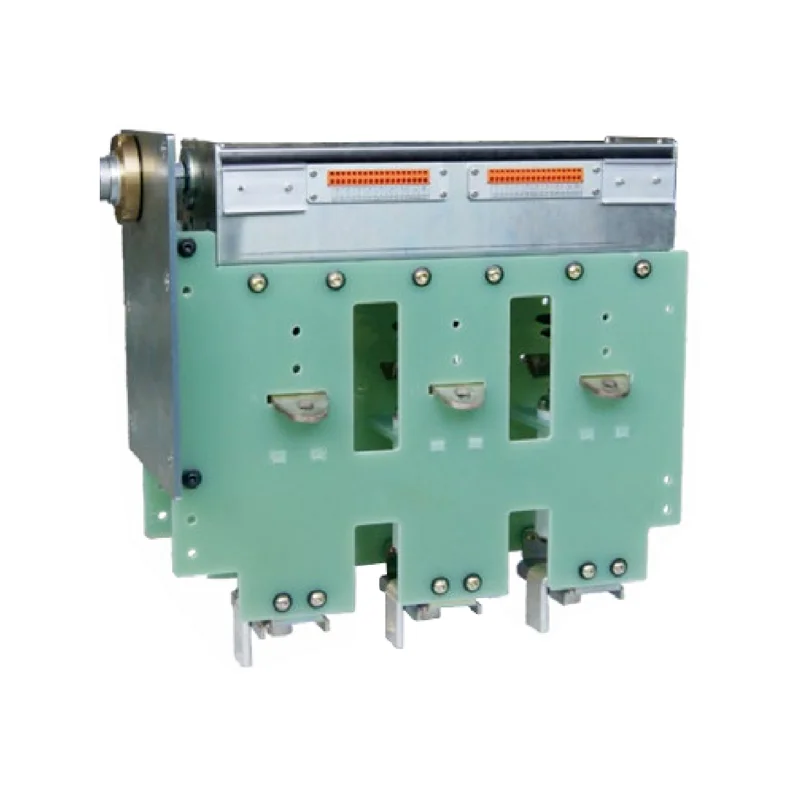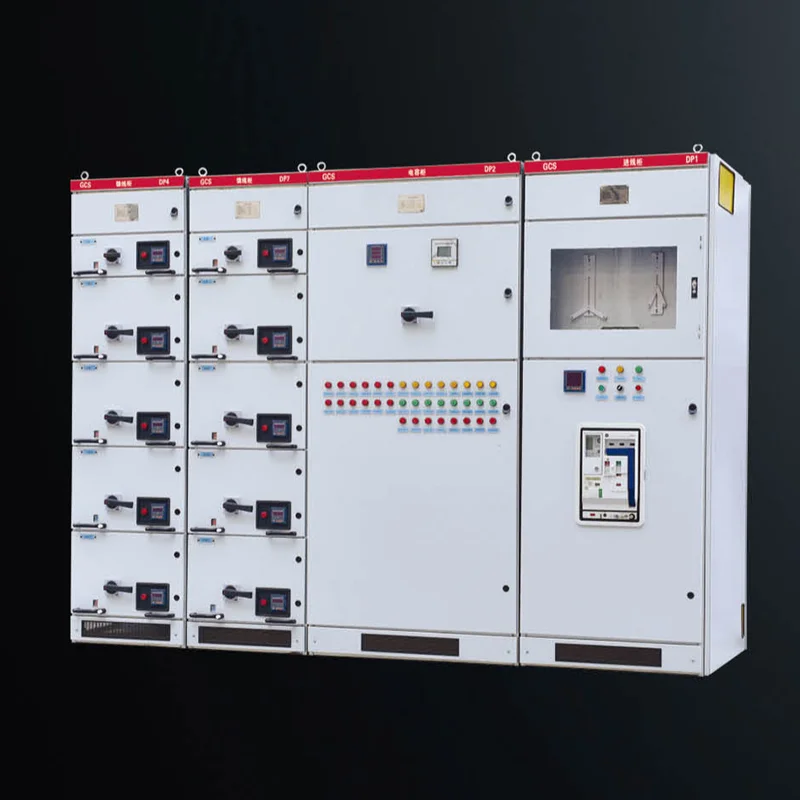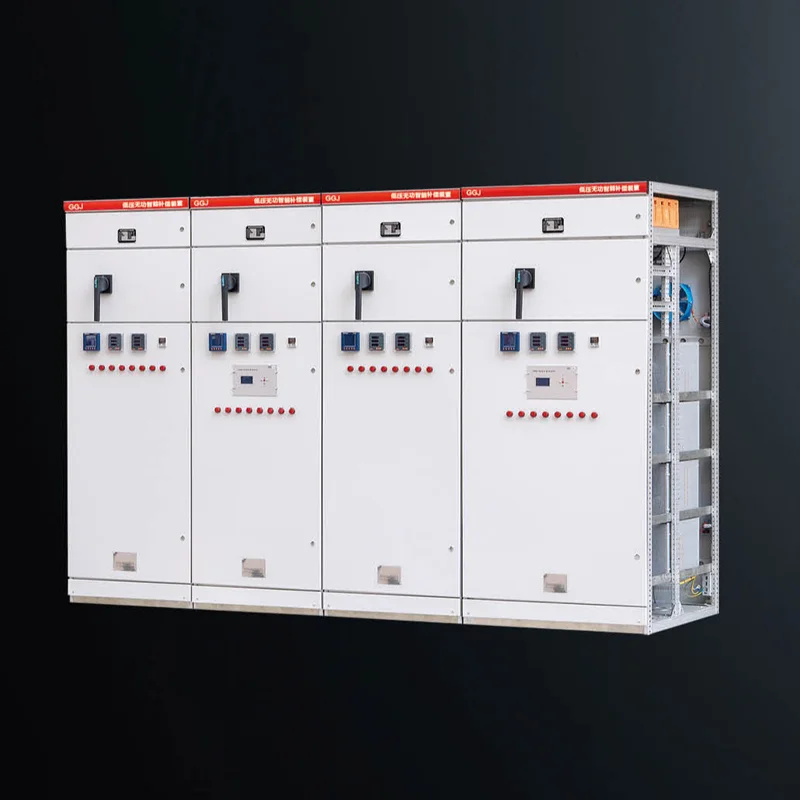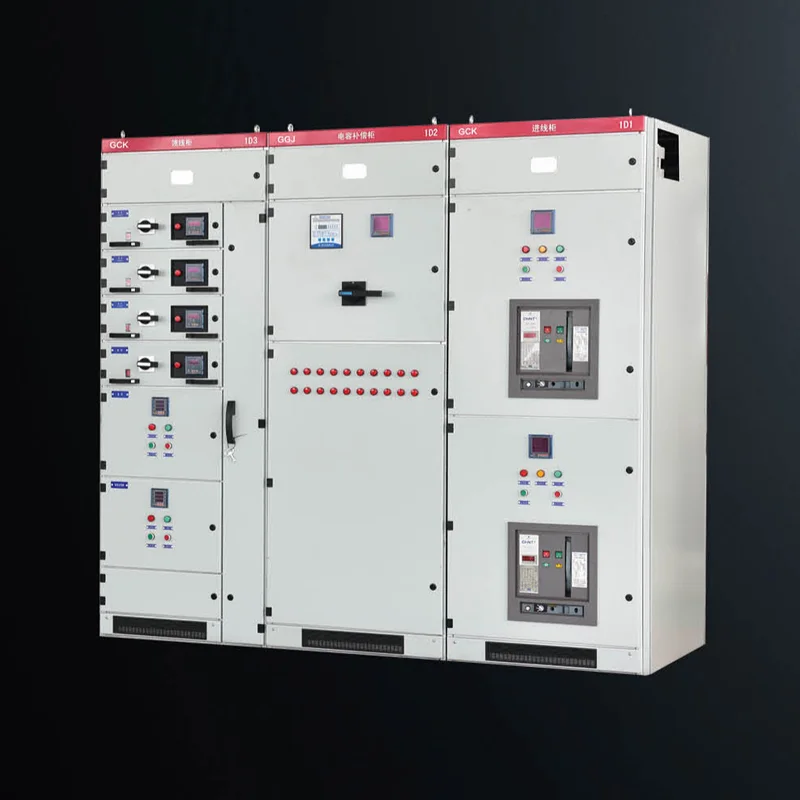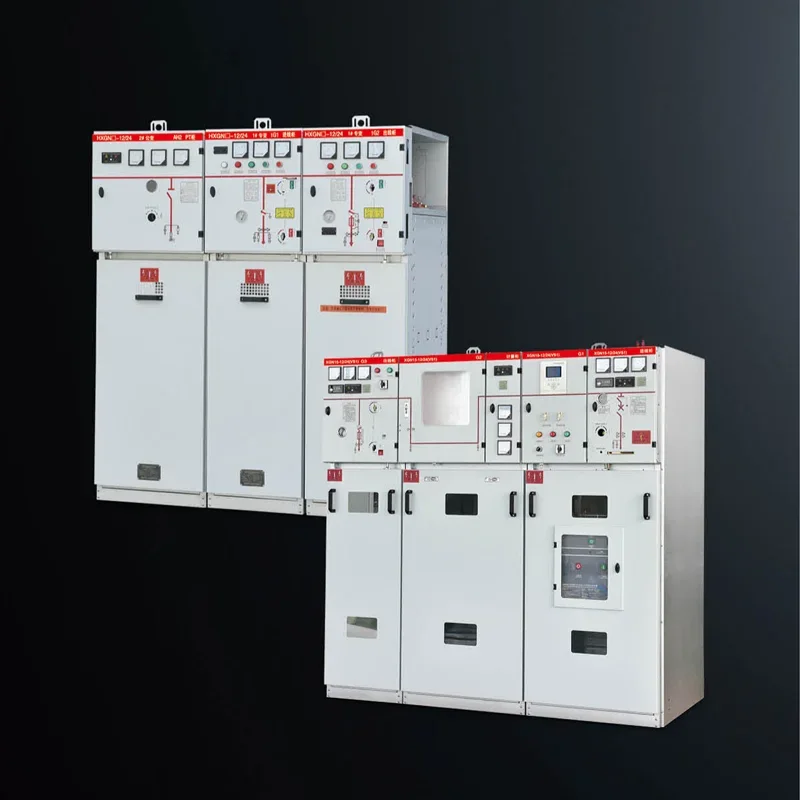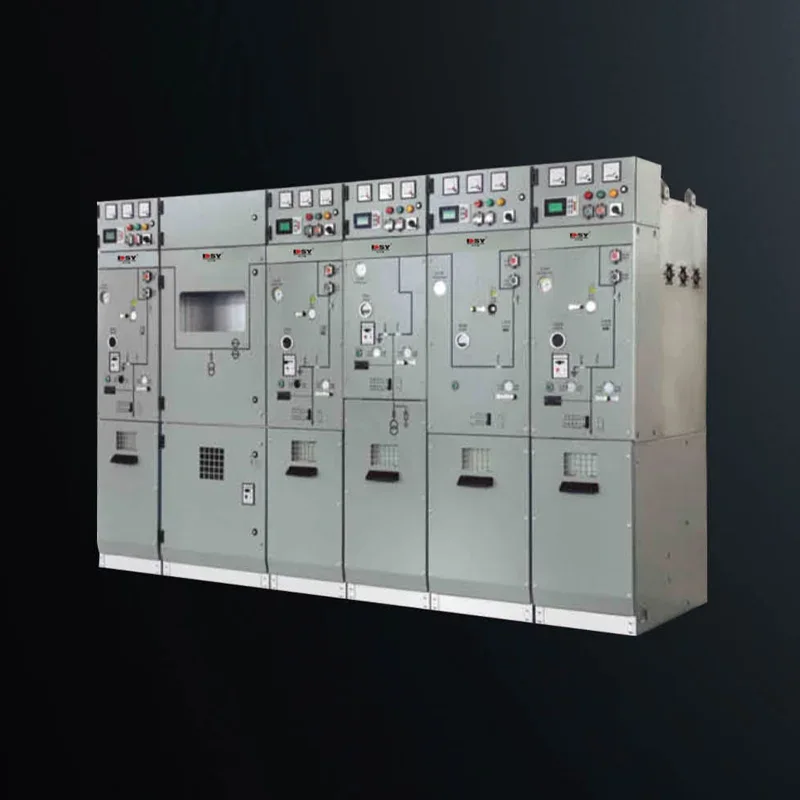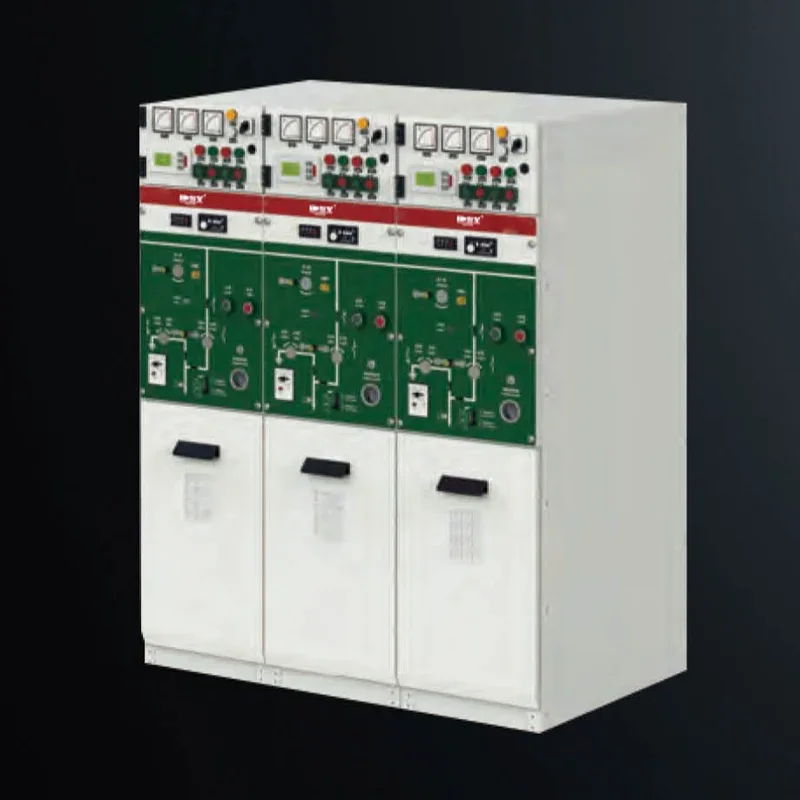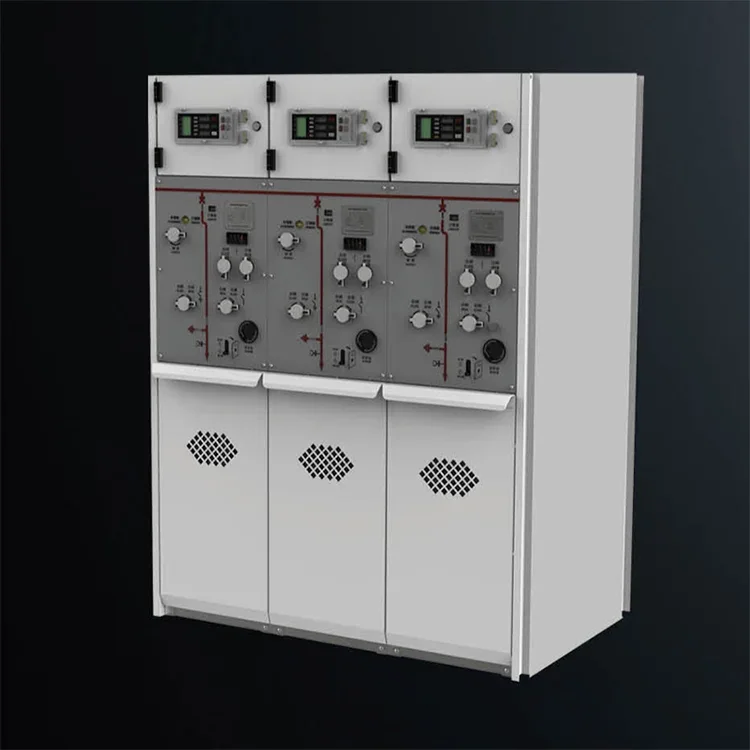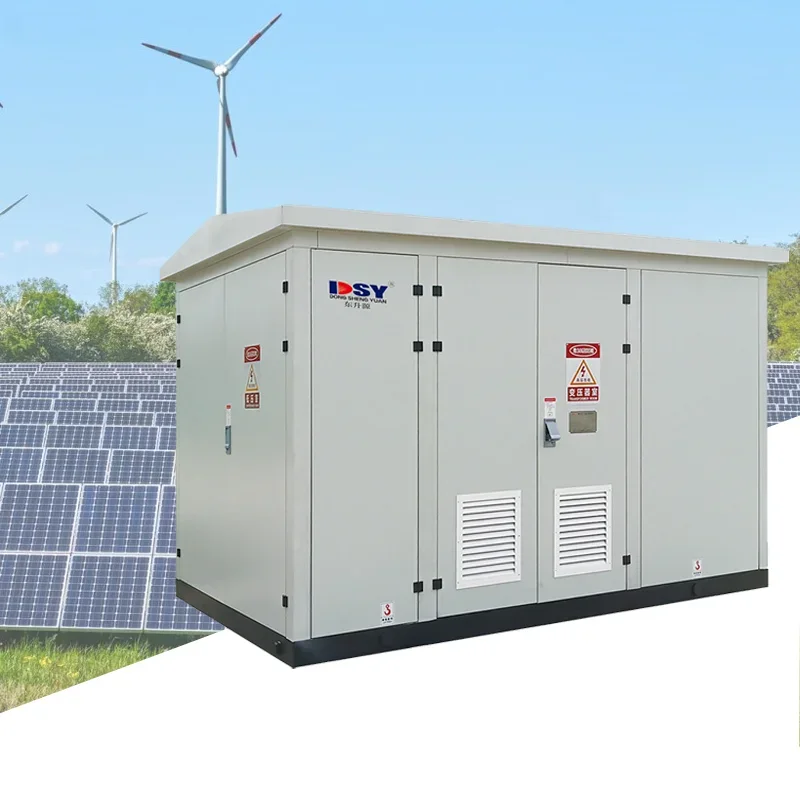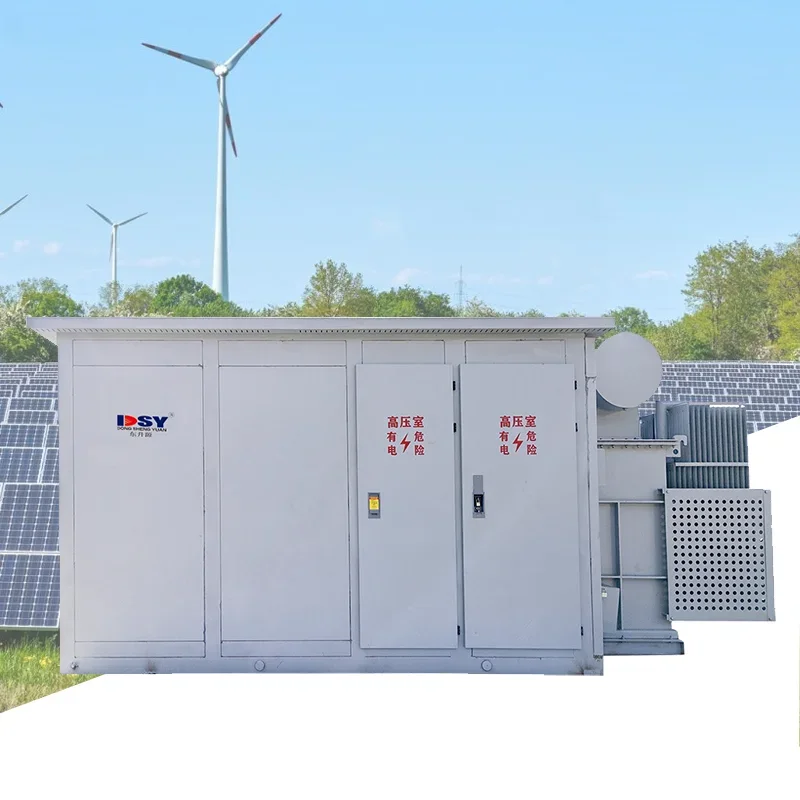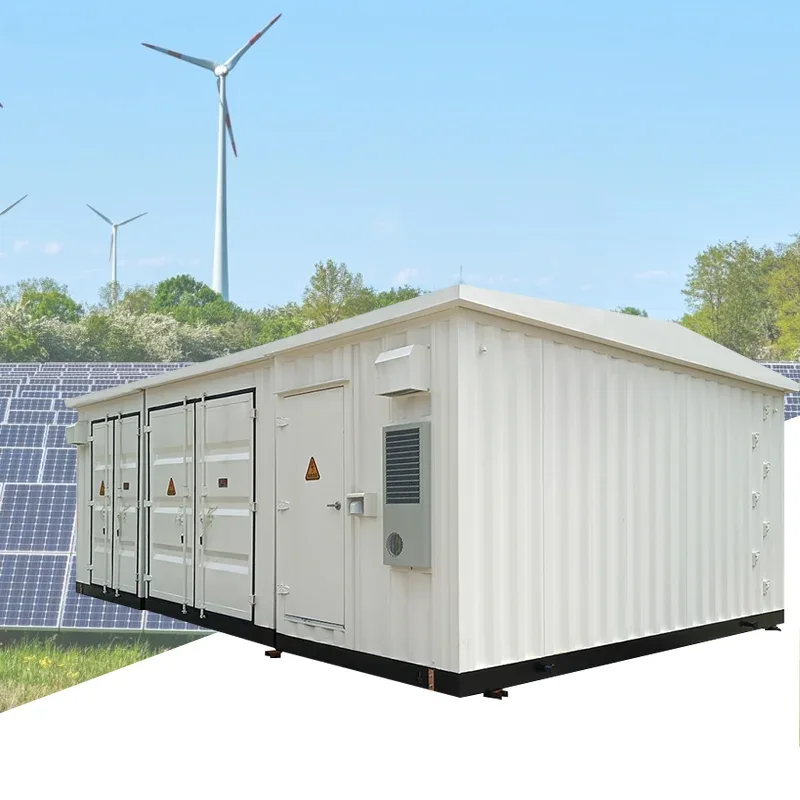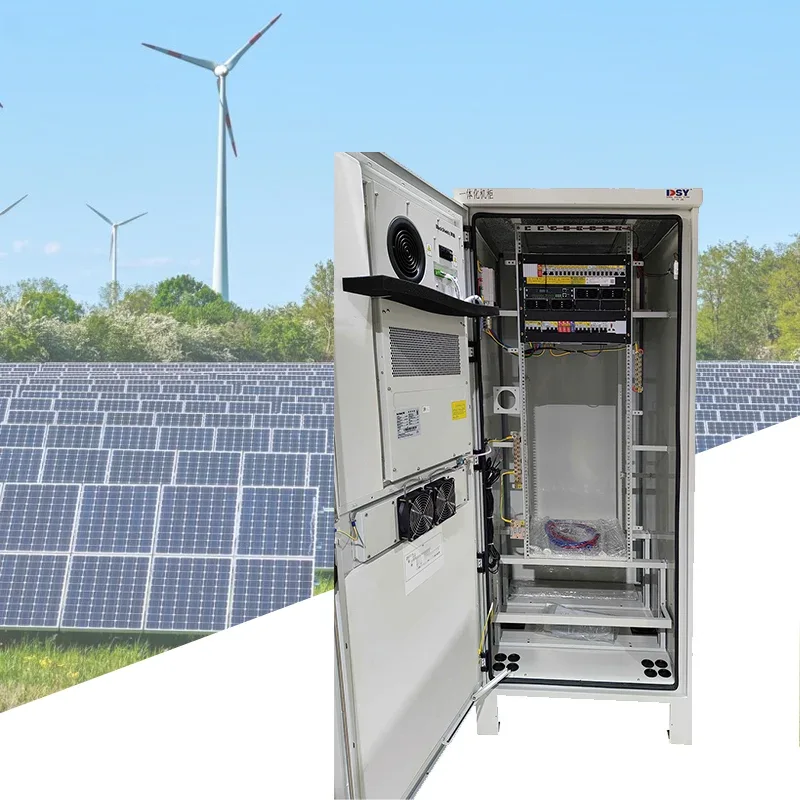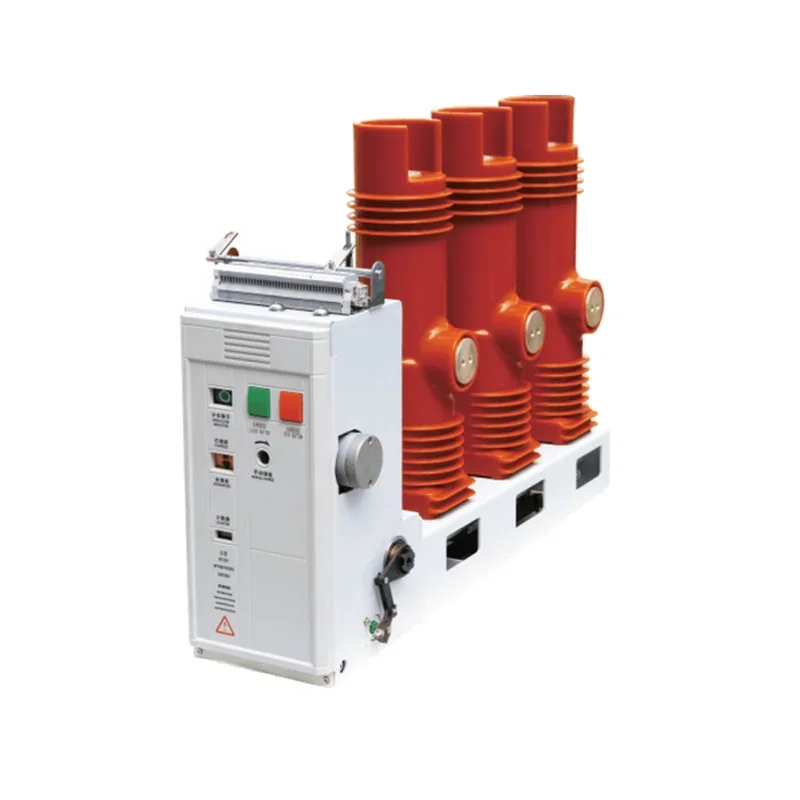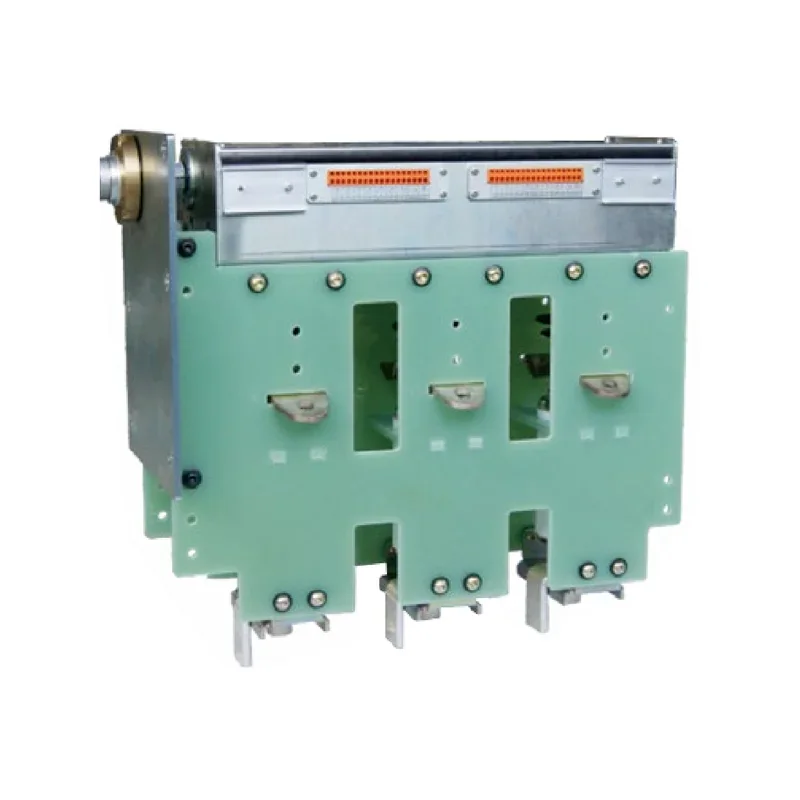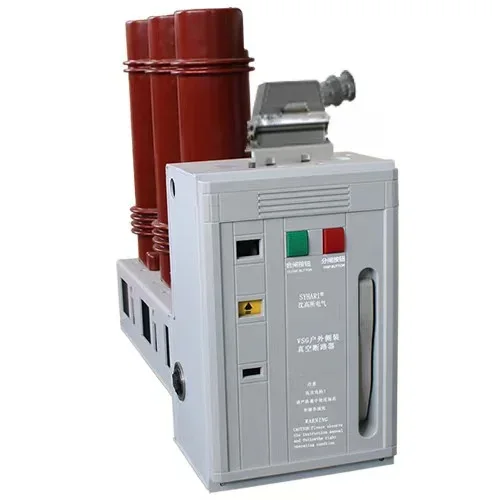New situation of electrical employment
Against the backdrop of carbon peak and carbon neutrality, what are the new trends in electrical employment?
Nov 09,2021
Against the backdrop of carbon peak and carbon neutrality, what are the new trends in electrical employment?
1、 What is dual carbon?
Dual carbon refers to peaking carbon emissions by 2030 and achieving carbon neutrality by 2060. In September 2020, China clearly proposed the dual carbon target, which is an important manifestation of China's responsibility as a major country and also an important measure for China to address future energy security.
The main source of carbon emissions is on the power generation side. In the current energy structure of our country, thermal power still dominates, accounting for 73.0% in the first two months of 2021. The primary energy used is mainly coal, inevitably resulting in carbon emissions. There is a clear situation of "more coal, less oil, and less gas" in China's resource reserves, and low emission and low pollution gas-fired power plants will eventually replace coal-fired power plants as the main source of power generation. At the same time, the non renewable nature of fossil fuels determines that coal resources will gradually become scarce and eventually be depleted in the future. Therefore, dual carbon is imperative.
picture
Relatively speaking, the achievement of the dual carbon goal is mainly achieved through the development of clean energy (water, wind, light, etc.), gradually replacing the use of coal as a primary energy source for thermal power generation, and gradually reducing carbon emissions (i.e. clean substitution, where for every additional degree of clean energy generation, carbon emissions are correspondingly reduced); At the same time, carbon elements emitted into the atmosphere are fixed through various methods of carbon capture. By simultaneously reducing carbon emissions and capturing carbon, we aim to achieve peak emissions of carbon elements into the atmosphere in the near future. Furthermore, we aim to capture all carbon elements emitted into the atmosphere, which is known as carbon peaking and carbon neutrality.
2、 Changes in employment situation on the power generation side
In the long run, whether due to the impact of the dual carbon policy or the increasing scarcity of fossil fuels, thermal power generation will eventually exit the historical stage. Of course, as the main force of power generation in China, the retirement of thermal power is unlikely to be seen by our generation; And we are unlikely to wait until the day when fossil fuels are depleted. In the short term, under the intervention of the dual carbon policy, some small power plants that do not meet environmental standards may enter a difficult period like the current steel and coal mining industries, and even go bankrupt.
At the same time, relevant policies will tilt towards clean energy such as hydropower, wind power, and photovoltaics, and several major power generation groups will also layout their own new energy industries, as shown in the table below.
The energy density of nuclear fuel is much higher than others, and the pollution caused is relatively small. Although it is currently difficult to promote on a large scale due to risks such as human error and natural disasters; However, despite this, the salary and benefits for nuclear power workers are also quite considerable.
Let's take a look at the treatment level of each power plant. Roughly speaking, it is generally hydropower>wind power, photovoltaic>nuclear power>thermal power. Of course, this is only a rough ranking. Like State Grid, salary levels depend on electricity consumption.
picture
The Three Gorges Dam is naturally the top choice for hydropower, and the Yellow River upstream hydropower project of State Power Investment Corporation is also a good choice; Wind power and photovoltaics can consider wind power from China Resources and Huaneng, as well as wind power from CGN; Consider CGN and CNNC for nuclear power; Thermal power mainly considers coastal power plants in the Jiangsu Zhejiang region and power plants of the National Energy Group.
PREVIOUS:
Related News
From June 5th to 8th, 2025, Shenzhen Dongshengyuan Electrical Equipment Co., Ltd. (hereinafter referred to as "Dongshengyuan Electric") participated in the Southeast Asia Electricity and Energy Exhibition (SEAPAE) held in Jakarta, Indonesia. During the exhibition, the company highlighted its three core product lines: high-voltage and low-voltage distribution switchgear, intelligent circuit breakers, and environmentally friendly load switches. These products are designed to provide targeted solutions for the high temperature and high humidity environments commonly found in Southeast Asia, as well as the growing demand for new energy access. They have successfully attracted over 200 industry customers for business negotiations.
The difference between circuit breakers and vacuum circuit breakers
Circuit breaker is an abbreviation for pole type circuit breaker. Circuit breakers are also vacuum circuit breakers

